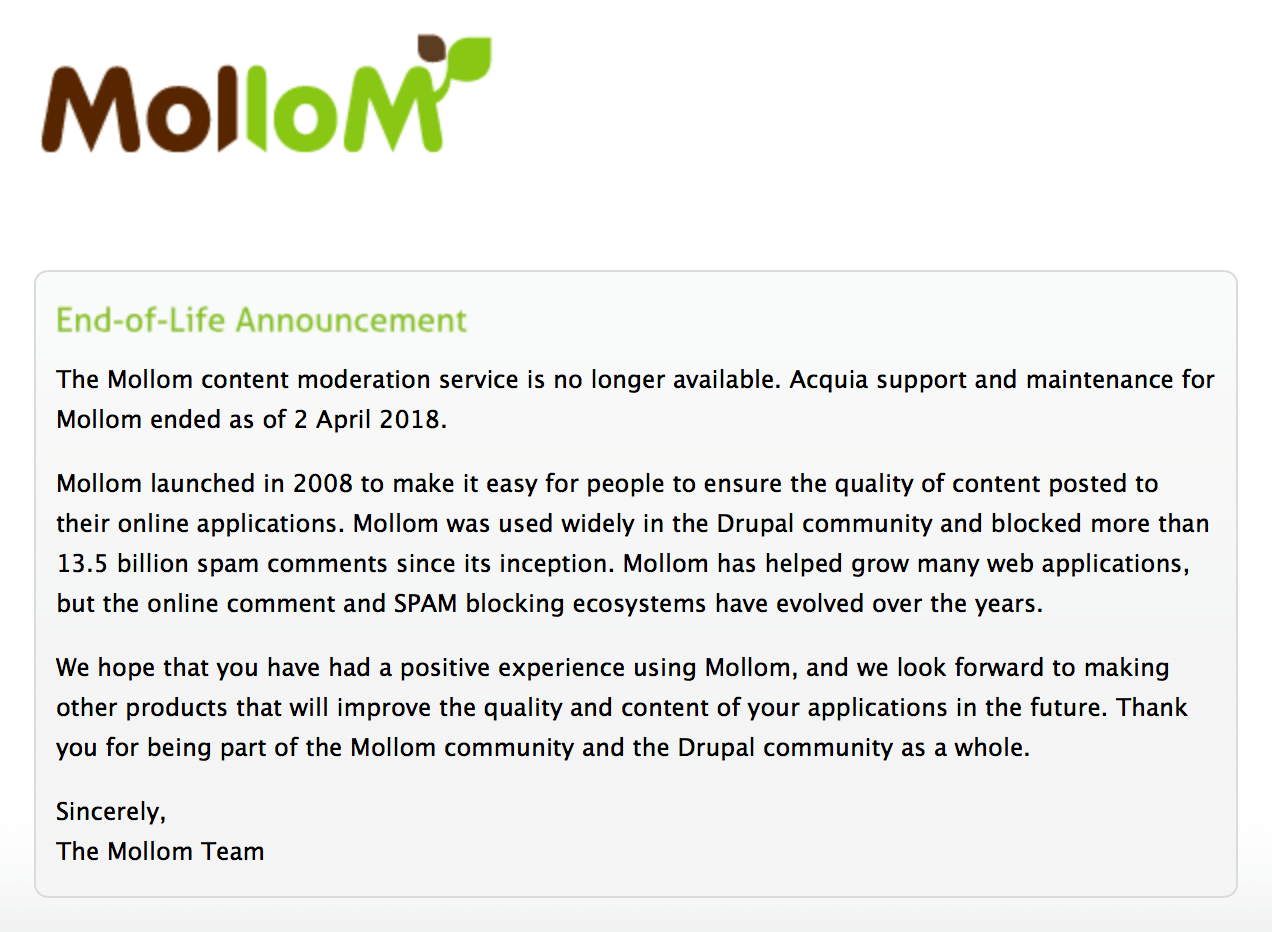Drupal startup time and opcache - faster scaling for PHP in containerized environments
Lately I've been spending a lot of time working with Drupal in Kubernetes and other containerized environments; one problem that's bothered me lately is the fact that when autoscaling Drupal, it always takes at least a few seconds to get a new Drupal instance running. Not installing Drupal, configuring the database, building caches; none of that. I'm just talking about having a Drupal site that's already operational, and scaling by adding an additional Drupal instance or container.
One of the principles of the 12 Factor App is:
IX. Disposability
Maximize robustness with fast startup and graceful shutdown.
Disposability is important because it enables things like easy, fast code deployments, easy, fast autoscaling, and high availability. It also forces you to make your code stateless and efficient, so it starts up fast even with a cold cache. Read more about the disposability factor on the 12factor site.




